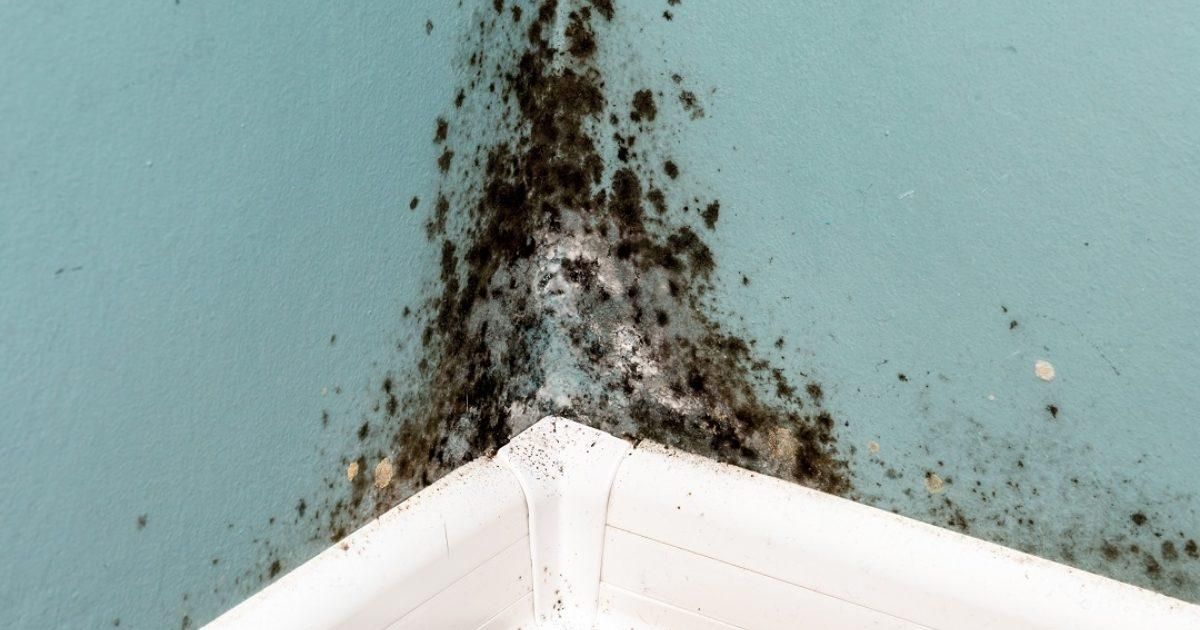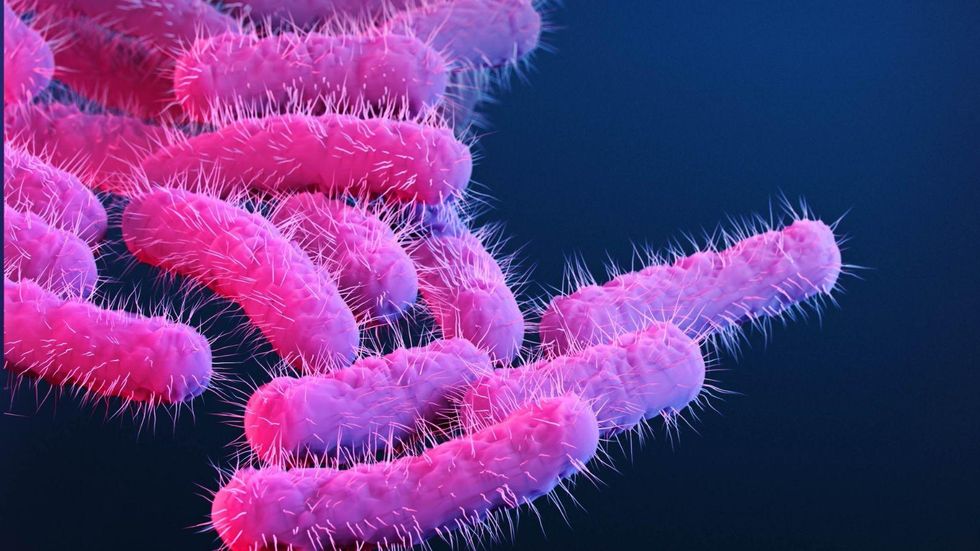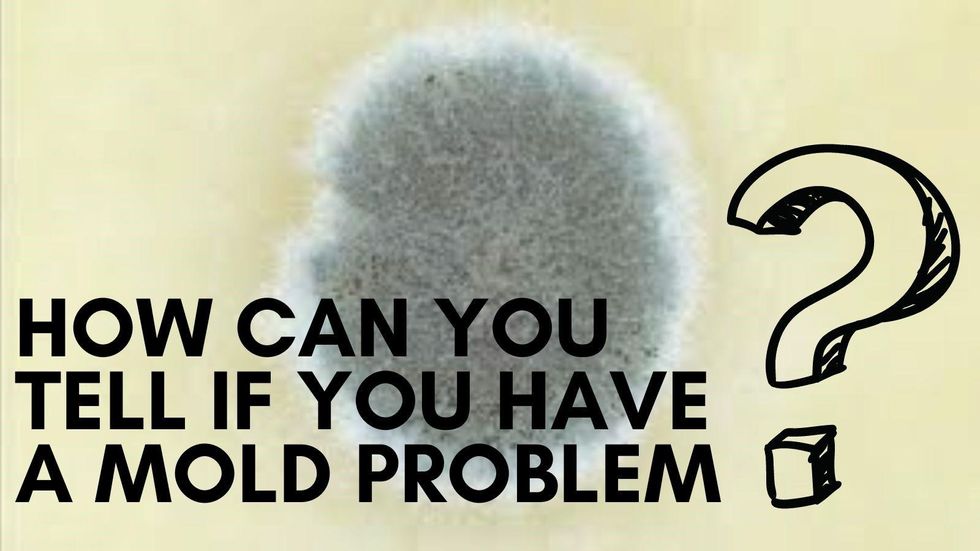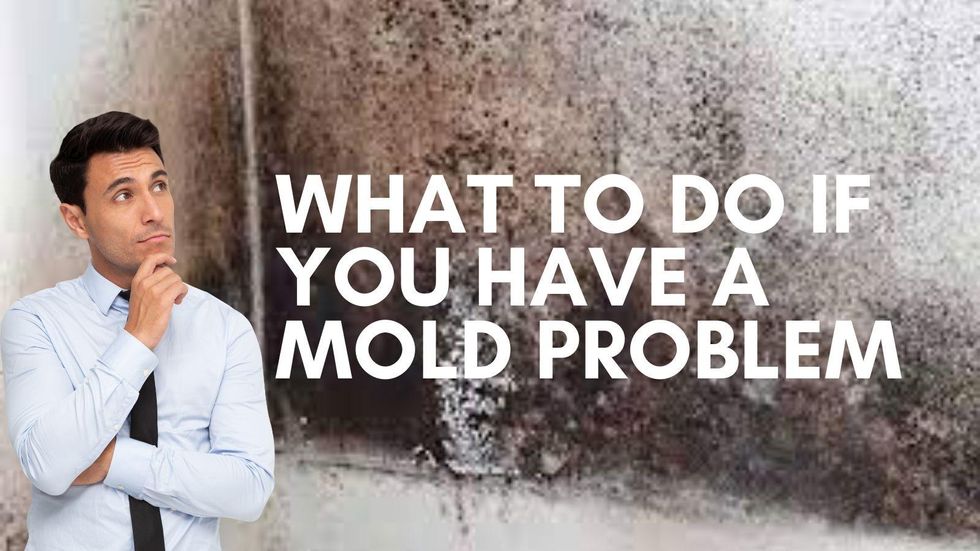Mold is a type of fungus that can grow both indoors and outdoors. It’s often found in damp, dark places, such as basements, closets, crawlspaces, and bathrooms. While not all molds are harmful, some can cause health problems in people who are allergic to them.
Mold should never be ignored. If you suspect you have a mold problem in your home, it’s important to have amold assessment by a professional right away. Ignoring the problem could lead to serious health consequences for you and your family.
Blog outline
1. What is mold and what are the dangers of exposure to it
2. How can you tell if you have a mold problem in your home
3. What should you do if you suspect that you have a mold problem
4. How can you prevent mold from growing in your home
What Is Mold And What Are The Dangers Of Exposure To It
The most common symptoms of mold exposure are respiratory problems, such as coughing, wheezing, and difficulty breathing. Mold can also cause skin irritation and other allergic reactions.
Exposure to mold can be dangerous for people with asthma or other respiratory conditions, as well as for pregnant women, young children, and the elderly. It is important to avoid exposure to mold if possible, and to seek medical help if you experience any symptoms after exposure.
How Can You Tell If You Have A Mold Problem In Your Home
If you're worried that you might have a mold problem in your home, there are a few things you can look for to help you make a determination. One of the most obvious signs is if you can see or smell mold. If you see black, green, or brown spots on your walls, ceilings, or floors, that's a pretty good indication that you have a mold issue. And if you smell a musty odor, that's another sign that you might have a mold problem.
Other indications that you might have mold include water damage to your home, condensation on windows and ceilings, and high humidity levels. If you're experiencing any of these problems, it's best to get them checked out by a professional to determine whether or not you have a mold issue.
What Should You Do If You Suspect That You Have A Mold Problem
1. Check for visible signs of mold.
If you can see any signs of mold, it is likely that there is a larger problem and you should contact a professional.
2. Test the air quality.
You can test the air quality in your home with a kit from your local hardware store or online. If the levels of mold are high, it is important to take action to remove the mold and improve the air quality.
3. Remove any visible mold.
If there is visible mold, you should remove it immediately. Be sure to wear gloves and a mask when doing so, as inhaling or coming into contact with mold can be harmful to your health.
4. Address any water problems.
Mold thrives in moist environments, so if you have any water problems in your home, address them immediately. This may include fixing leaks, using a dehumidifier, or repairing roofing damage.
Conclusion
Mold spores are everywhere and they love to grow in warm, damp environments. If you want to keep your home mold-free, you need to take some preventative steps and be diligent about cleaning up any spills or leaks right away. You should also inspect your home for potential sources of moisture and fix them. Finally, make sure you have proper ventilation in all of your rooms–especially the bathroom and kitchen. By following the tips given above, you can help reduce the chances that mold will start growing in your home.























 sunrise
StableDiffusion
sunrise
StableDiffusion
 bonfire friends
StableDiffusion
bonfire friends
StableDiffusion
 sadness
StableDiffusion
sadness
StableDiffusion

 purple skies
StableDiffusion
purple skies
StableDiffusion

 true love
StableDiffusion
true love
StableDiffusion
 My Cheerleader
StableDiffusion
My Cheerleader
StableDiffusion
 womans transformation to happiness and love
StableDiffusion
womans transformation to happiness and love
StableDiffusion
 future life together of adventures
StableDiffusion
future life together of adventures
StableDiffusion
















